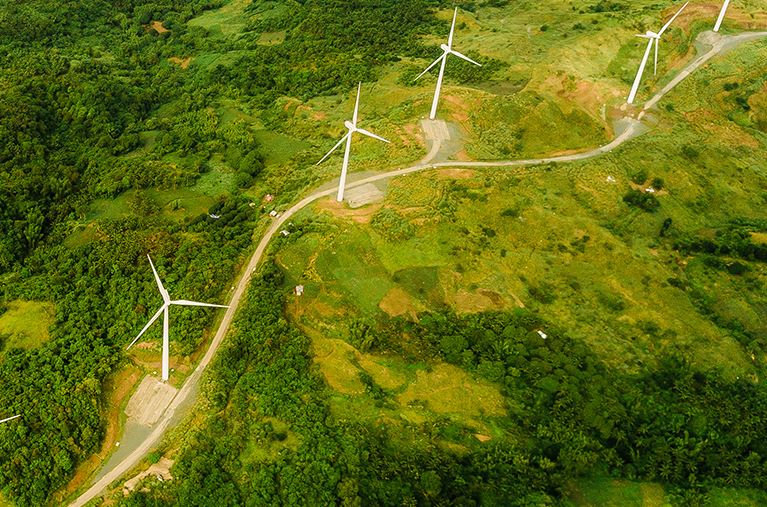Norway – DNV is working with Reodor Studios to develop a digital service that will make it simple to plan for sustainable decommissioning and recycling after a wind farm’s life cycle has ended.
Thousands of wind farms were constructed all over the world during the 1970s wind energy boom. After 50 years, the world is now confronted with a historic problem: what should be done with a 300-ton wind turbine when its useful life is over? A brand-new digital solution called ReWind seeks to address this crucial problem for the wind sector.
Due to the lack of an alternative, the majority of retired wind turbines are buried underground today. By 2030, 52 thousand tonnes of wind turbine blades will need to be recycled, according to projections by WindEurope.
DNV and Reodor Studios are working together to provide a digital solution that satisfies all of the needs of its clients. The ReWind team can work more quickly, increase the likelihood of scaling successfully, and create a well-tested service that can make the decommissioning of wind turbines for wind farm owners and operators more seamless by combining Reodor’s expertise in developing digital products and services with DNV’s world-leading domain knowledge.
Digital service
The specialized team at DNV conducts analysis and creates reports for wind farm owners and operators that detail, among other things, the materials that make up the wind turbines, the best methods for getting rid of them, and what can be recycled and how. DNV will now transform this into a digital service in conjunction with Reodor Studios, a Norwegian corporate venture and innovation company.
Growing demand for wind energy will necessitate the replacement of outdated turbines and machinery in order to stay up with technological advancements. In fact, according to DNV’s 2022 Energy Transition Outlook report, wind will supply 40% of on-grid electricity in North America and Latin America and over 50% of it in Europe by the year 2050. By 2050, capacity factors for onshore wind will increase from 26% to 34% and for offshore wind from 38% to 43% thanks to new turbine types and larger turbines, blades, and towers.





